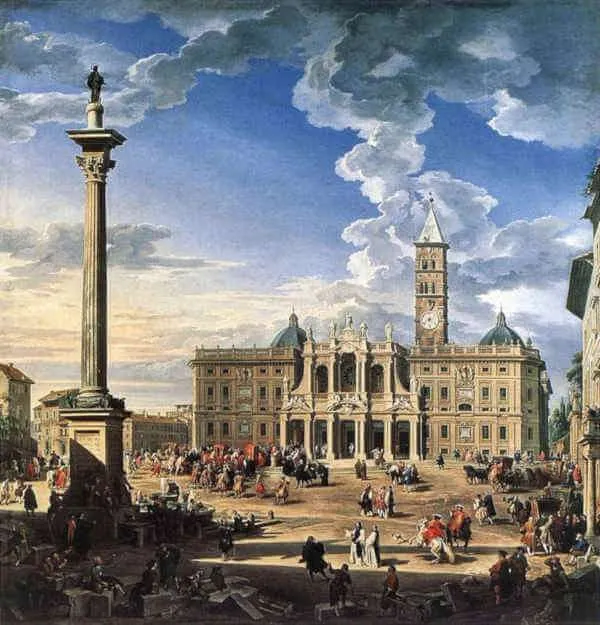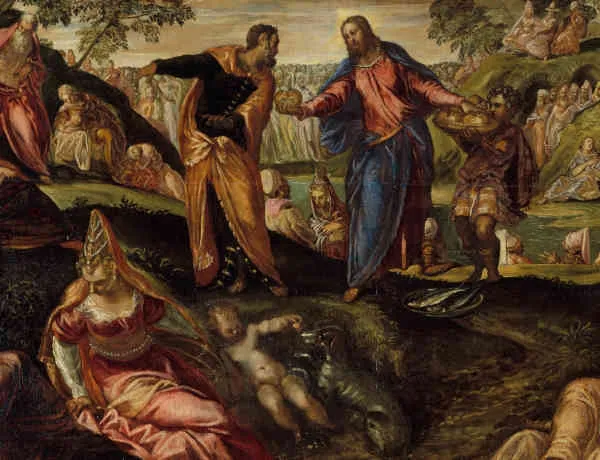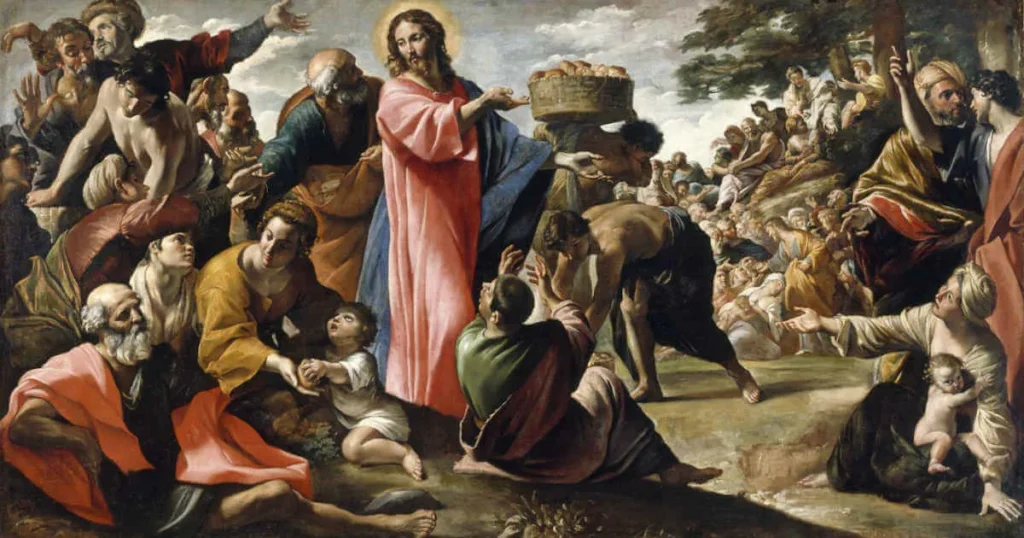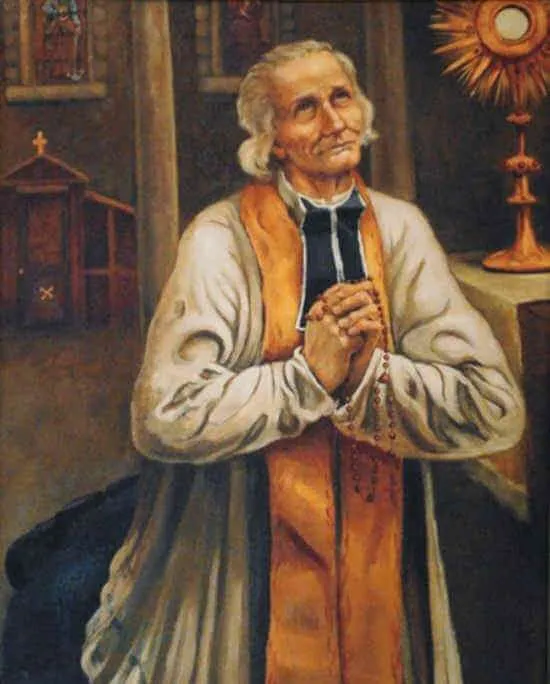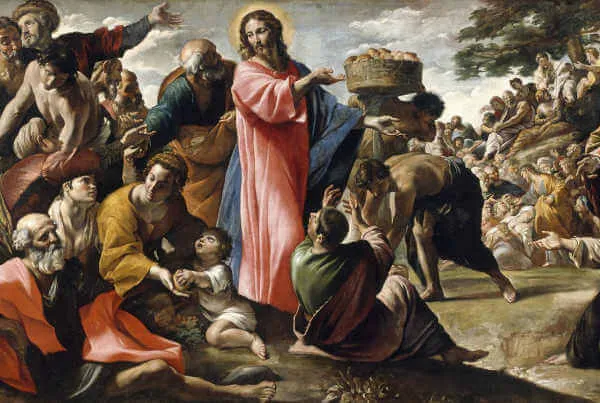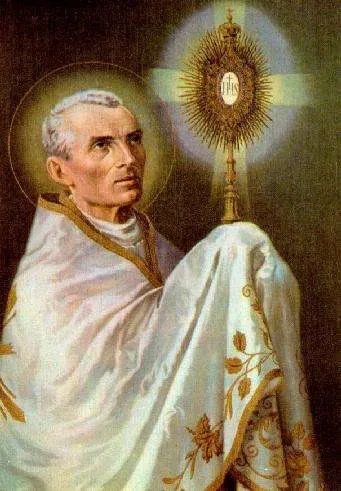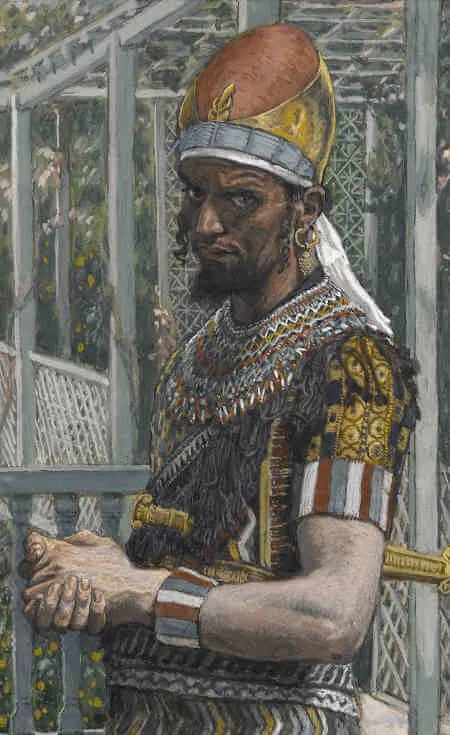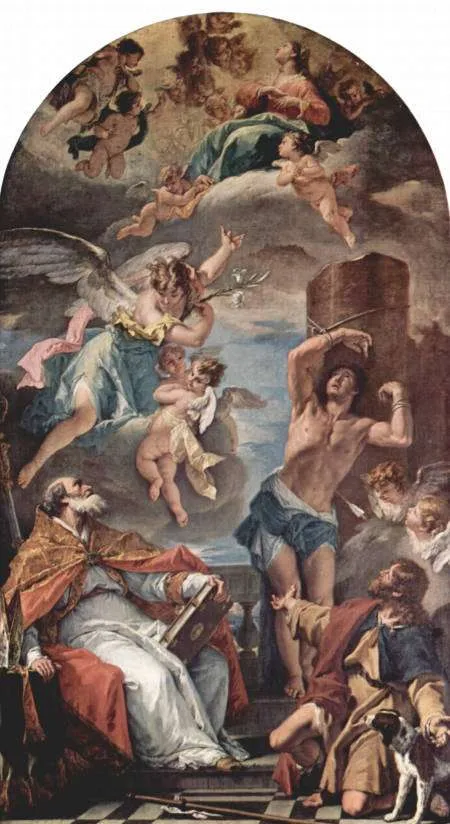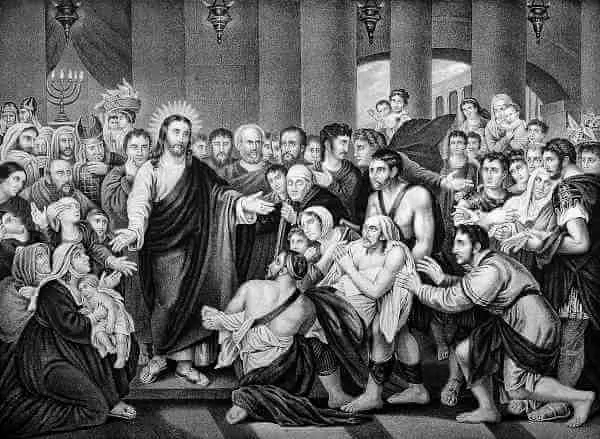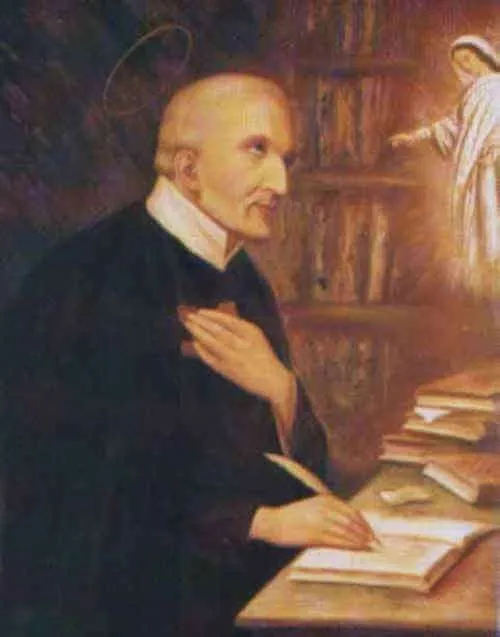Dedication of the Basilica of Saint Mary Major
Our Lady of the Snows c. 352
The fourth century was a significant time in the history of the Church, and the fifth century was a significant time in the history of Marian devotion. In 313, Roman Emperor Constantine the Great issued the Edict of Milan, making Christianity legal and ending state-led persecutions of Christians. Over the next forty years, many people throughout the Roman Empire, including many in Rome itself, converted. The Catholic Church also became more structured, and the Bishop of Rome was becoming increasingly understood as the leader of the universal Church.
As the Church in Rome was continuing to find its way, legend has it that the Mother of God decided to do her part to help. In the year 352, a wealthy Roman aristocrat named John and his wife, who were childless and faithful Christians, wanted to use their money to help expand the Church. After praying for direction, John had a dream on the night of August 4, 352, in which our Blessed Mother appeared to him and informed him that she wanted a church built in Rome on the Esquiline Hill. She said that, despite it being the middle of summer, snow would fall on the spot the following day. When John arose on August 5, he went to see Pope Liberius to tell him about his dream-vision. To John’s surprise, Pope Liberius had a similar dream the night before, so they decided to see if snow had fallen on the Esquiline Hill. Sure enough, upon their arrival, they found fresh snow in the form of a foundation for a church. The Pope used the snow to outline the foundation and ordered the church to be built. John and his wife used their money to pay for the project, and the church was called Basilica Liberiana, after Pope Liberius.
In the century that followed, a controversy arose over the appropriate title of Jesus’ mother. Should she be called the “Christ-bearer” or the “God-bearer?” In other words, was she only the Mother of Christ, or the Mother of God? Nestorius, who was the Archbishop of Constantinople from 428 to 431, argued that Mary was only the mother of Christ’s human side, suggesting that there were two persons in Christ, a divine person and a human person. Archbishop Cyril of Alexandria, on the other hand, argued that Christ was only one Person and that His humanity and divinity were united as one in His personhood. The natural consequence of his argument was that if Mary was the mother of the Person, and the Person was God, then Mary was and is the Mother of God.
To resolve the controversy, Eastern Roman Emperor Theodosius II called for a church council to be held in Ephesus in 431. Nestorius and Cyril both attended, although Nestorius arrived late, and Cyril’s position won the day. Nestorius was deposed and exiled. Pope Celestine I approved the council’s decision but died shortly afterward. Pope Sixtus III was elected to succeed him in 432 and did much to implement the teachings of the Council of Ephesus. Among them was to rebuild and enlarge the Basilica Liberiana, and to give it a new name in honor of the Mother of God. The core of the current structure of the Basilica of Santa Maria Maggiore (Saint Mary Major) on the Esquiline Hill in Rome was built and dedicated by Pope Sixtus sometime before his death in 440.
Today, Santa Maria Maggiore is one of the four main basilicas in Rome, along with Saint Peter’s Basilica on Vatican Hill, Saint John Lateran Basilica (the official cathedral of the Diocese of Rome), and Saint Paul Outside the Walls. Each basilica has a unique significance and history. Santa Maria Maggiore contains within its walls a triumphal arch and stunning nave mosaics, which date back to the fifth century. The mosaics depict various biblical scenes, including events from the Old Testament and the infancy of Christ. They are among the oldest and most important Christian mosaics in Rome. Also within the basilica, under the main altar, is the church’s most sacred relic, the wood of the manger in which the baby Jesus was laid. Another important relic is the Salus Populi Romani, an icon of the Blessed Virgin Mary. According to legend, this ancient icon is the first icon to be painted of Mary and was painted by Saint Luke, the Gospel writer. For centuries, as a reminder of the legend of the miraculous summer snowfall, white rose petals have been dropped on the faithful from the dome of the Basilica every August 5.
Though the relics, history, and legends attached to this ancient church are inspirational, perhaps the most enduring inspiration we can take from this church is that it has been a place of divine worship for more than 1,600 years. Since that time, almost every pope has offered Mass there, countless millions have prayed there, numerous saints have made a pilgrimage to that holy church, and our Blessed Mother has certainly received and answered many prayers within those walls.
As we celebrate the Dedication of the Basilica of Saint Mary Major, reflect upon your own devotion to the Mother of God. Especially call to mind the countless saints who prayed within the walls of Saint Mary Major, and seek to imitate their faith and their devotion to the Mother of God.
Source: https://mycatholic.life/saints/saints-of-the-liturgical-year/august-5—dedication-of-the-basilica-of-saint-mary-major/
Dedication of the Basilica of Saint Mary Major Read More »


